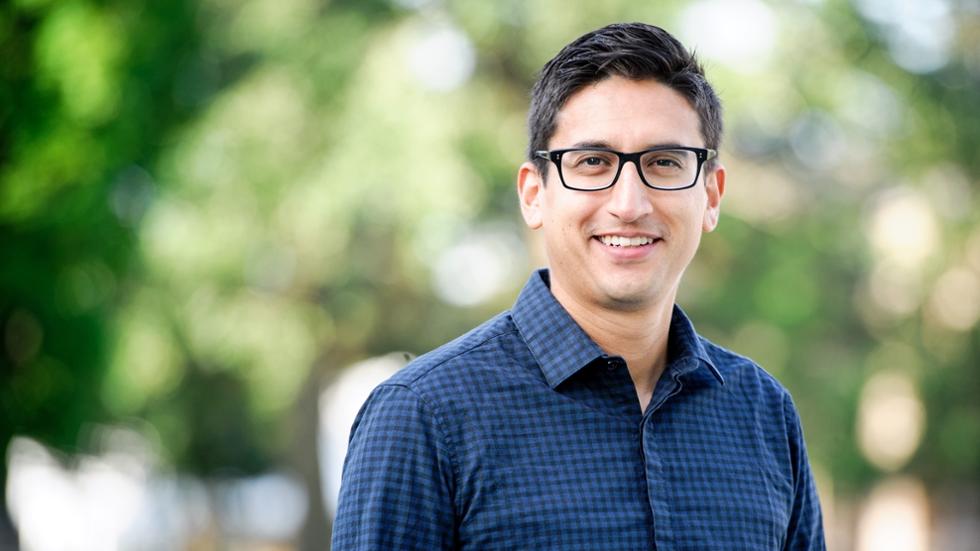
“Generalized Quandle Polynomials and Their Applications to Stuquandles, Stuck Links, and RNA Folding” was recently published in the journal Open Mathematics, Volume 23, Issue 1. The paper, co-authored by Associate Professor of Mathematics José Ceniceros, Ekaterina Bondarenko ’25, and colleagues at the University of South Florida (USF), introduces “a generalized quandle polynomial as a stronger invariant than the older counting invariant, capable of distinguishing structures that simpler methods overlook.
The authors explain that “in classical knot theory one often uses a counting or coloring invariant: fix a quandle and count the number of valid labelings of a knot or link’s arcs. That older invariant gives an integer,” they said, “but it may fail to distinguish more intricate or subtle knotting.”
Using polynomial enhancement to track how stuquandle elements act on each other (or act trivially) across colorings, the researchers define the generalized quandle polynomial in the stuquandle setting, prove its invariance under the deformations allowed for stuck link diagrams, and then apply it to assign a polynomial invariant to any stuck link.
“We then translate this to biology via a known correspondence between arc diagrams used to model RNA folding and stuck link diagrams. Under that correspondence, the generalized quandle polynomial becomes an invariant of RNA folding patterns,” they said.
The article includes examples showing different foldings that the older counting invariant – and even state-sum invariants – treat as the same, but are successfully shown as different by the new enhanced polynomial.
“In sum, whereas the older counting invariant offered a crude numeric test, and state-sum invariants improved this via cohomological weighting, our approach provides a complementary enhancement by using stuquandle actions,” the authors said. “This new polynomial offers mathematicians a new tool with better resolution for distinguishing tangled or folded configurations that earlier invariants would treat as identical.”
This paper builds on previous work by Ceniceros, Josef Komissar ’22, and USF researchers, presented in “RNA Foldings and Stuck Knots.” It is also related to earlier work presented in “RNA Foldings, Oriented Stuck Knots, and State Sum Invariants,” by Ceniceros, with Brendan Magill, Gabriana Rosario, and Gabriana Rosario of the Class of 2023, and a USF colleague.
Posted October 20, 2025
